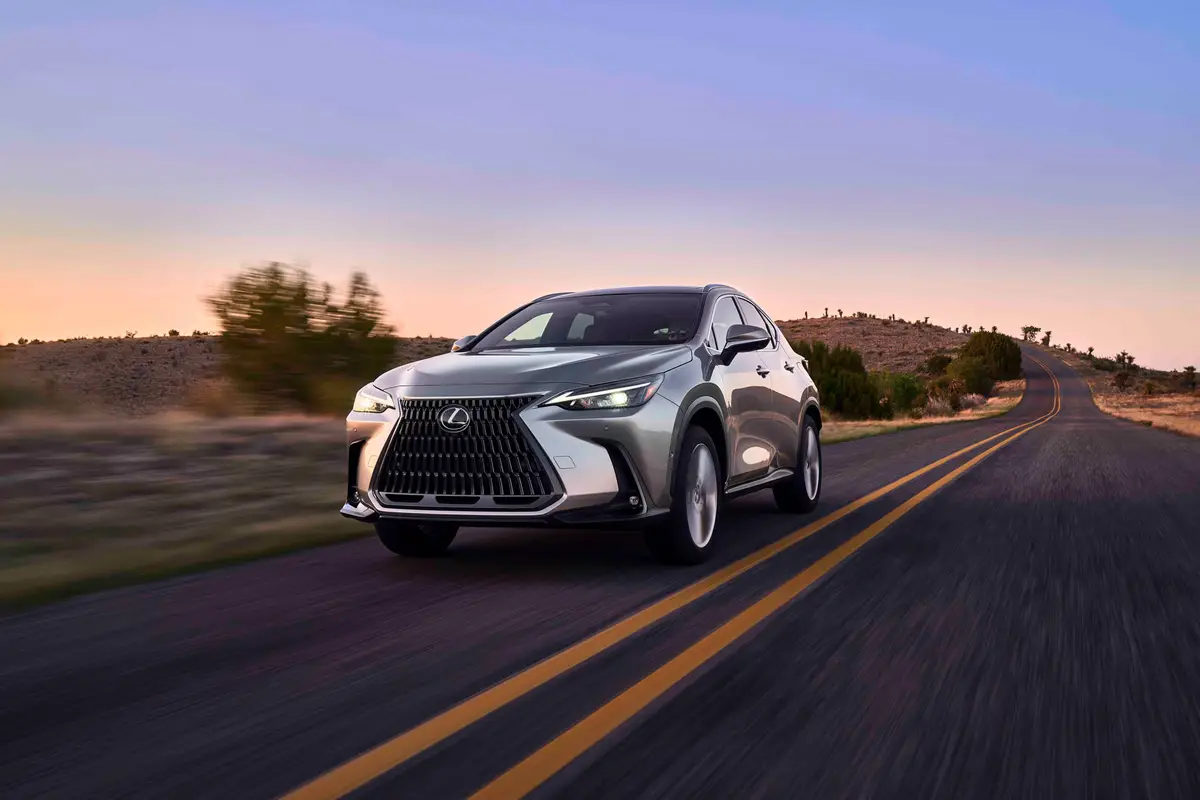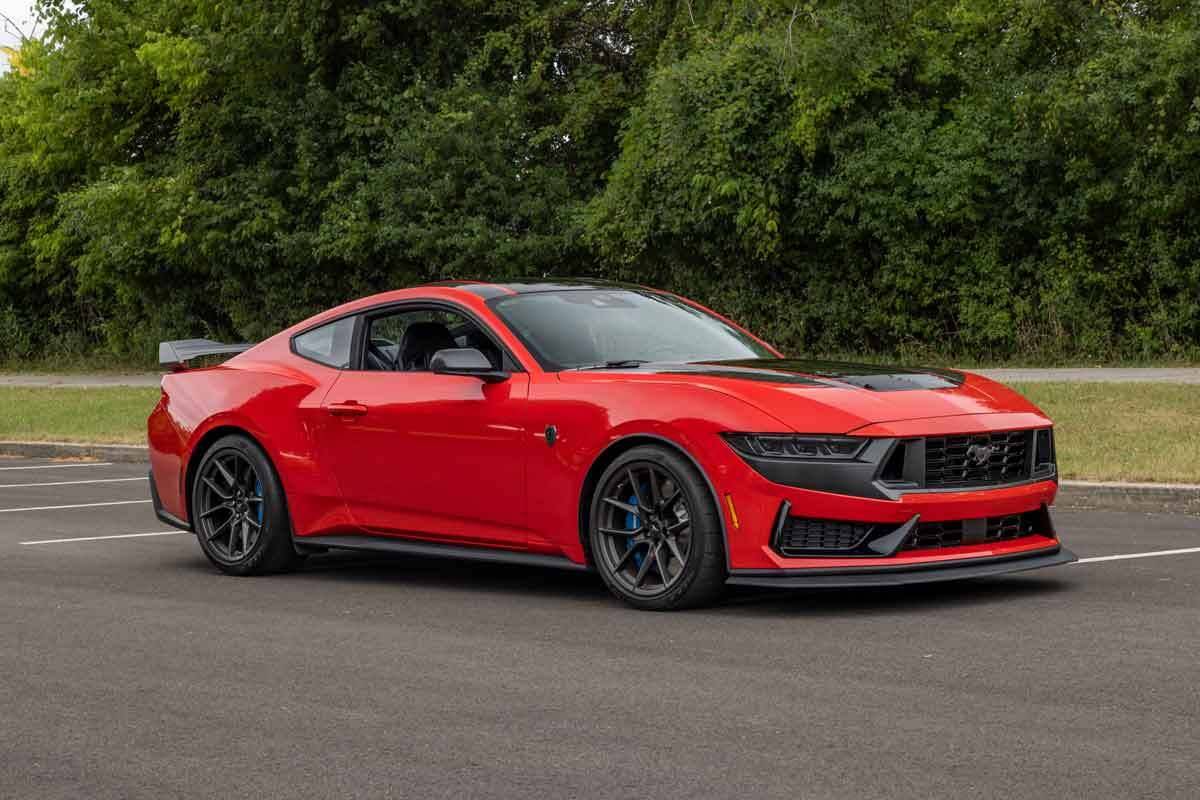Boston.com's view
You are a car manufacturer. You have a great reputation. Your sedans, sports coupes, high-performance sports car, and your minivan rank among the world’s best in their respective classes. What you lack is a people- and gear-hauling SUV, and you know you have lost some loyal customers to other brands because of this.
What do you do?
If you are Honda/Acura and, happy as you are with your TLs and CLs, your Civics and Accords, your CRV and your high performance, two-seater NSX, you face reality. You build an SUV, using not only your technological prowess, but the benefit of hindsight and the opportunity to survey the landscape before you enter it. You build the MDX.
You build it knowing that what most people really want from their SUV is a vehicle filled with creature comforts that is car-like and agile on the road. One that has moderate offroad capabilities.
You are not alone in feeling these pressures. BMW and Mercedes had to build SUVs. Even Porsche is ready to pepper the market with its new Cayenne SUV. Where do you start? First by acknowledging that your stale Acura SLX – actually an Isuzu Trooper wearing your badge – is not what you should be selling or what your customers want. Then you look around and decide that the platform of your Honda Odyssey – best minivan built today, in my book – is a good place to start. Watch out Lexus RX 300, Mercedes ML320, BMW X5. Here comes an SUV that’s knocking on your garage door.
The Acura folks realized that the people who buy SUVs rarely take them offroad. Hence, they gave it a third row of seats. Great leather buckets up front, split leather bench in the middle, and a smaller seat in the rear for two – preferably children. That’s seven souls on board. If you don’t have a big family, both sets of rear seats fold flat and you’ve got yourself a voluminous carry-all.
You won’t startle anyone with the outside appearance of your new SUV. You can only do so much with a high-riding box: slab sides, slanted headlights, sloping hood, chopped rear end. Lots of lookalikes out there.
So it’s a box you can load up with people and gear. How do you move it? Fit it with a 5-speed automatic transmission that’s a smooth shifter. Slap in a SOHC 3.5-liter V6. Tweak it to crank out 240 horsepower and 245 lb.-ft. of torque and you can now not only haul people, you can tow a moderate size boat. And if you do go offroad, it’s got the power to pull you through muck and mire, snow and sludge. I got just over 18 miles per gallon in 10 days of driving the MDX.
On the highway and back roads, it was a smooth, quiet vehicle. It was snug and sure in lane changes, even at commuter speeds. There was very little body roll in sharp corners. And in sudden stops its wonderfully powerful brakes produced negligible nose dive.
This owes to the substantially altered Odyssey platform and a suspension system that has front independent struts with control arms, coil springs, and antiroll bar; and in the rear, in dependent suspension with trailing arm and lateral links, coil springs, and antiroll bar.
It’s a suspension that, while providing smooth onroad handling, held up well even on an old logging road. It got sloppy and soft only when pushed beyond where virtually any driver is likely to take it – over boulders, short-cut stumps, and icy washouts.
All-wheel drive is the coming rage in automobiles, and the system in the MDX is remarkable because it does not employ the popular viscous coupling option yet more than gets the job done – without traction control.
When the car is in normal running mode, it is front-wheel drive. But as soon as the driver gives it extra gas, electronic sensors take over and feed power to the rear wheels. This means, for instance, that if you take off fast, it seamlessly shifts into AWD. The same if you are in mud or snow and feed gas. Torque gets distributed for better traction. As much as 53 percent of the power can be shifted to the rear wheels in the DX.
And while its normal mode is front-wheel drive, the MDX, because of this instant power shift, will not let the front wheels do all the pulling in sudden acceleration, thus avoiding the torque steer problem that plagues high-powered front-wheel drive cars.
In addition, if you need power to push through snow or mud, because it does not have a traction control system that cuts torque and uses braking to prevent wheel slip, you don’t get the bogging-down sensation you get in vehicles where traction control takes over. You also have the option, via a control on the dash, of switching off the electronic control and sending maximum torque to the rear wheels for bite – up to 6 miles per hour, when the system again begins to take over. It’s an elegant vehicle, and there aren’t a lot of options to buy. The standard price includes leather in the first two rows of seats, power windows, door locks and mirrors, a power tilting and sliding moonroof, cruise control, seven-speaker sound system, power adjusted and heated front seats, and a digital trip recorder. And for an extra $2,000 you get a navigation system that covers the continental United States and includes 3.7 million points of interest such as hotels, restaurants, tourist sites, gas stations, and ATMs.
There’s also a touring package (about $1,000) that includes roof rack, memory setting for the driver’s seat and side mirrors, a roof rack, upgraded wheels, and an advanced audio system.
So what do you do if you’re a builder of fine, dependable cars and want an SUV that befits your stable? If you are Honda/Acura, you build the MDX.
Nice Touch:
The 12-volt socket for cell phones built into the covered bin between the front seats. It has an exit hole for the wire and lets the wire come from behind and beside you, so it doesn’t get in the way as a dash-plug would allow.
Annoyance:
The antenna mounted on the rear center roof. I’ve got a roof rack. I want to load my canoe. What do I do with the antenna that’s right in the middle of my space?
Latest news



